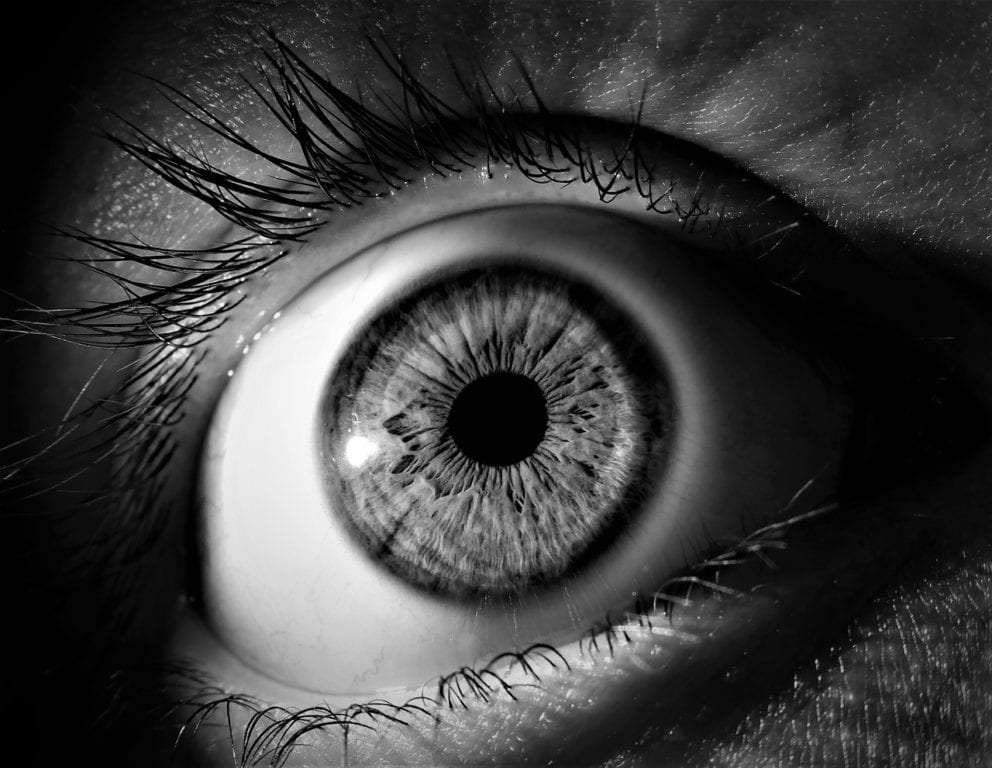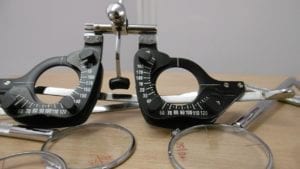Vision loss can be challenging. If you could have a one-time gene therapy that would improve your visual acuity, would you take it? It seems like a no-brainer. That’s what REGENXBIO is working to develop in its gene therapy candidate ABBV-RGX-314. ABBV-RGX-314 is designed as a treatment for wet age-related macular degeneration (wet AMD), diabetic retinopathy, and other chronic retinal conditions treated with anti-VEGF therapies. REGENXBIO describes ABBV-RGX-314 as:
a novel, one-time subretinal treatment that includes the NAV® AAV8 vector containing a gene encoding for a monoclonal antibody fragment.
ABBV-RGX-314 helps to express a protein which neutralizes VEGF activity and modifies the pathway that leads to the formation of abnormal blood vessels and retinal fluid accumulation.
Catherine Eckford reports in European Pharmaceutical Review that results from a Phase 1/2a clinical study highlight the potential of ABBV-RGX-314 for wet AMD. Within the study, researchers sought to understand how safe this potential treatment is, as well as how well-tolerated it is. According to two years of trial data, ABBV-RGX-314 significantly reduced the need for anti-VEGF injections. Additionally, this treatment option contributed to better visual acuity and increased retinal thickness.
If continued research and clinical studies support eventual ABBV-RGX-314 approval, this could reduce the treatment burden on people living with wet AMD.
What is Wet Age-Related Macular Degeneration (Wet AMD)?
There are two forms of macular degeneration: dry and wet. Wet macular degeneration is the rarer form; it also begins as dry macular degeneration before progressing. This occurs in around 20% of cases. Wet macular degeneration happens when abnormal blood vessels grow in the back of the eye. These leak blood or fluid into the macula, causing macular damage and blurred vision. If you are obese, Caucasian, a smoker, older in age, or have a family history of wet AMD, your risk of developing this condition is higher.
Outside of blurred vision, wet AMD may lead to visual distortions, blind spots, colors seeming less vibrant, blurriness and difficulty reading, reduced central vision, difficulty recognizing faces, and difficulty adjusting to low light. While ABBV-RGX-314 could transform the treatment landscape, there are currently available treatments including photodynamic therapy, Lucentis, Eylea, and Avastin.







